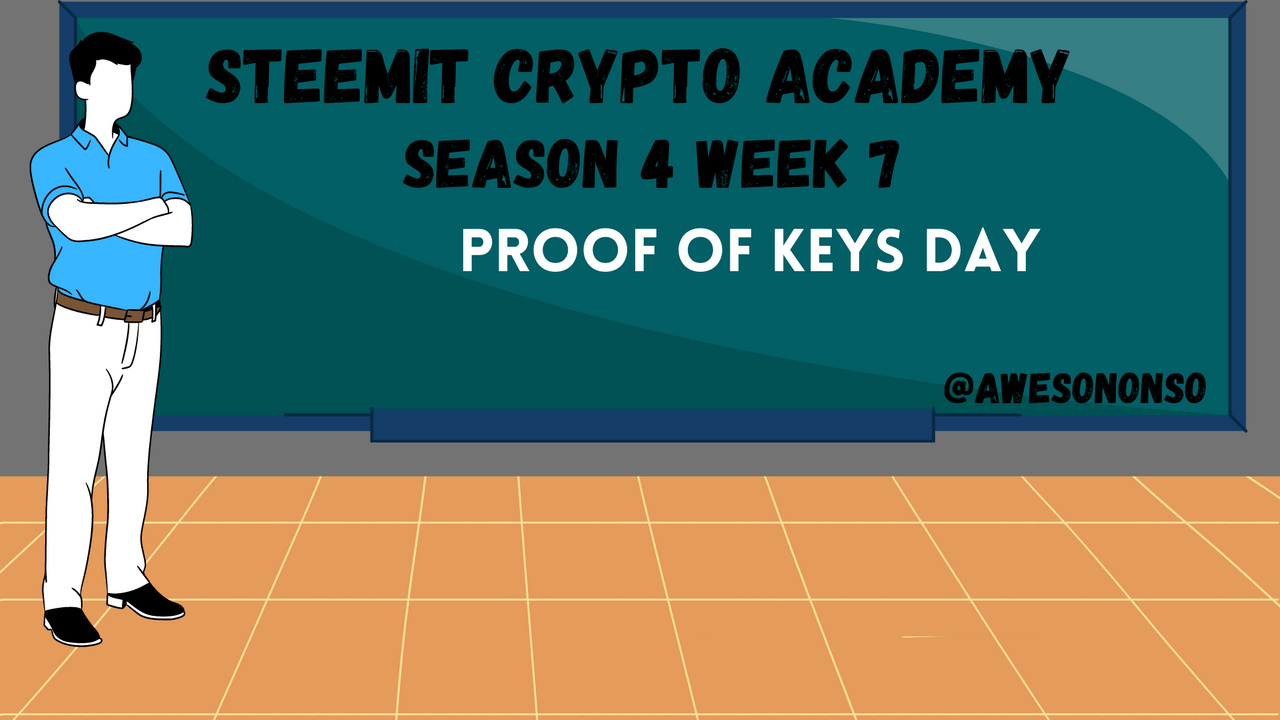

Over the weeks we have been able to discover new concepts in the blockchain world and understood them too. During weeks 1 and 3 we talked about the Bid-Ask spread as we looked at the basics of the topic. For week 5, we talked about stability in the volatile world of digital currencies. It has been a busy season and I really hope we don't forget all we have learned.
For this week, we will be looking into a different topic with some familiar concepts. Welcome to the 7th season of the 4th season. Come along and take this academic journey with me one last time.

Public Key Cryptography

Cryptography, in basic terms, is an art of transmitting secure and secret messages that can only be understood by the recipient. The cryptography concept is not something that can be skipped when talking about cryptocurrencies. It is the backbone of cryptocurrencies.
There are different types or methods of cryptography. For this lesson we will be looking into public key cryptography which is also known as asymmetric cryptography.
Public Key cryptography is a cryptography method that involves a pair of keys. The first key is the Public key which, as the name implies, can be made public. When coins are sent to a wallet, the public key encrypts them. In simpler words, the key can be used by anyone to lock coins in a wallet but they cannot unlock those coins.
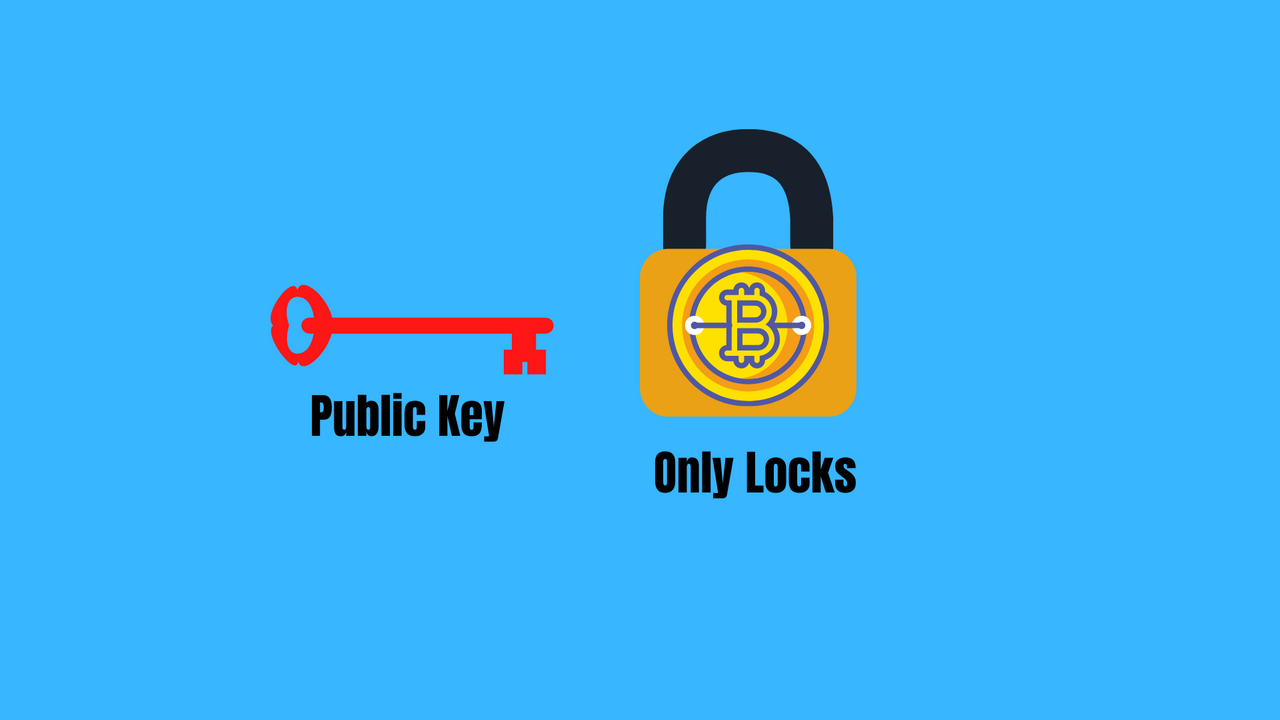
The second key is the Private key. The private key is unique to its public key. It is used to sign transactions and show proof of ownership. In order words, it is used to decrypt or unlock the coins in the wallet. Anyone that has the private key has access to the contents of the wallet. Considering this, this key should always be kept private and safe.
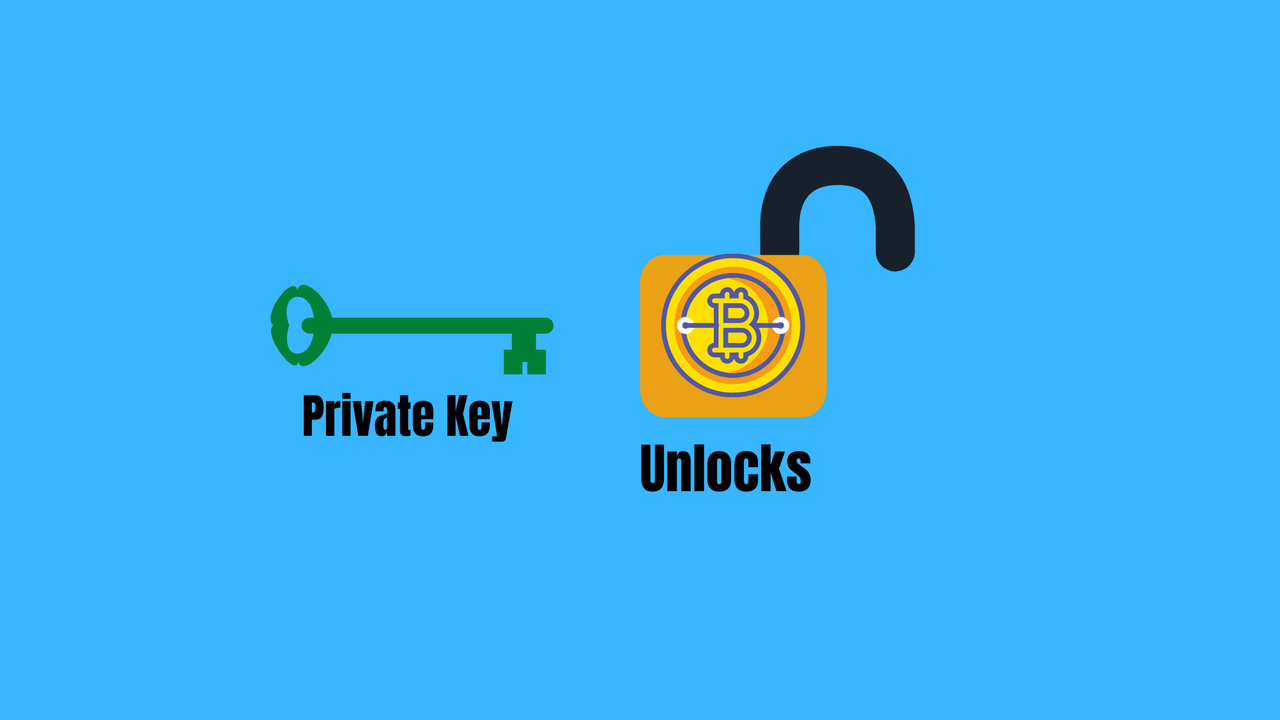

Custodial and Non-custodial Wallets

These can be defined on the basis of who holds the private key of a wallet. Let's look into them separately;
Custodial Wallets
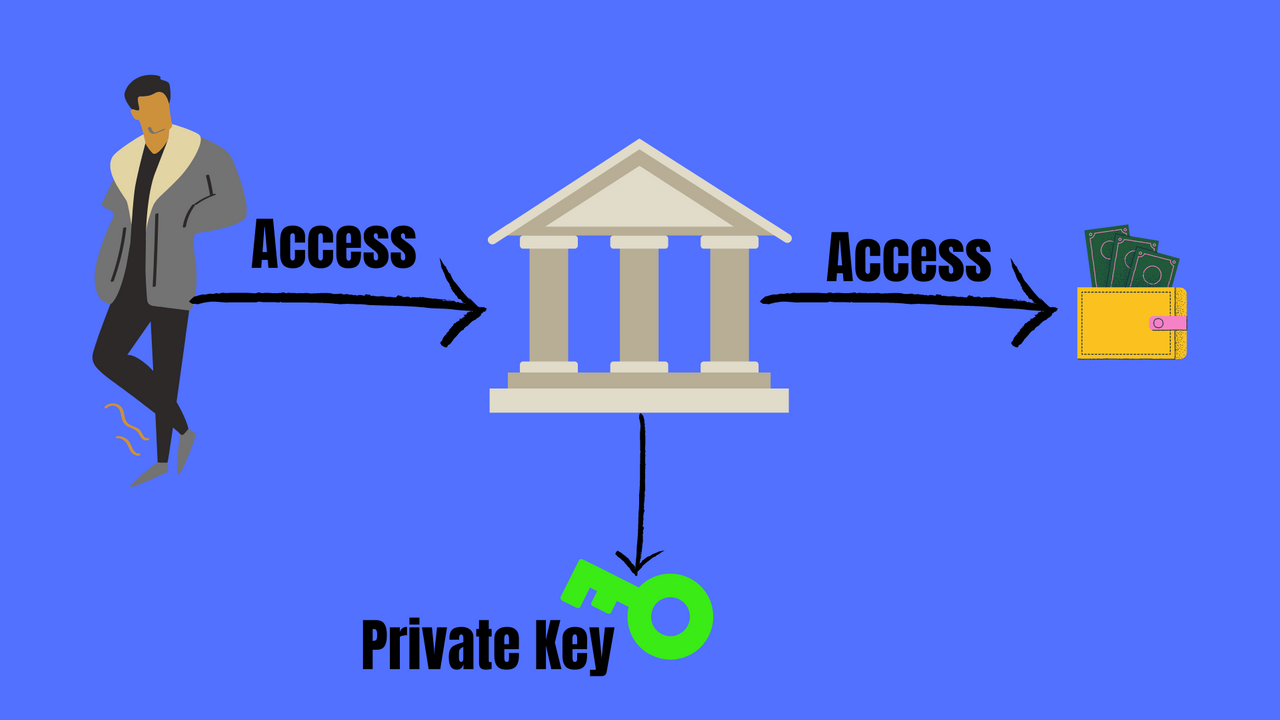
The idea behind Custodial wallets is that they are owned by someone but the private key is controlled by a third party. Basically your private key and funds are in the custody of the third party and not you. Think of it like a child who got some cash gift but his mother keeps the money for him. The child owns the money but it is in the mother's custody.
A clearer and better illustration is the bank system. You have some money and you decide to put it a bank. The bank is now in custody of your funds and therefore have the ability to sign transactions.
With the two illustrations above, even though you rightly or legally own the funds, the third party can choose to do anything they please with your funds without your knowledge. The child's mother can choose to use his money for something else. The bank can decide to invest your money or do something else with it. The same is the case with custodial wallets. With this type of wallet, the third party can choose to do what they want with your funds. This is the type of wallet found in centralized exchanges.
The problem with Centralized Exchanges
1. A chance of Fraud:
As I stated above, centralized exchanges can choose to do whatever they please with their customers' funds because they have the keys to their wallets. The management of the exchange can easily take their users' funds or assets, use it as they please and keep the users in the dark by displaying false crypto balances.
2. Hacking:
This is one of the biggest issues with centralization. The fact that there is a central database that holds the private keys of the users is extremely risky. Of course, there have been various exchange hacks over the years even on popular exchanges like Binance and Poloniex. One of the most notable exchange hacks is that of MT. Gox which happened in 2014. From that hack, more than 800,000 BTC were allegedly stolen from the wallets of users causing the exchange to fall and file for bankruptcy. The event affected the price of Bitcoin and even threatened the success of cryptocurrencies. Who's to say something like that cannot happen again.
Non-Custodial wallets
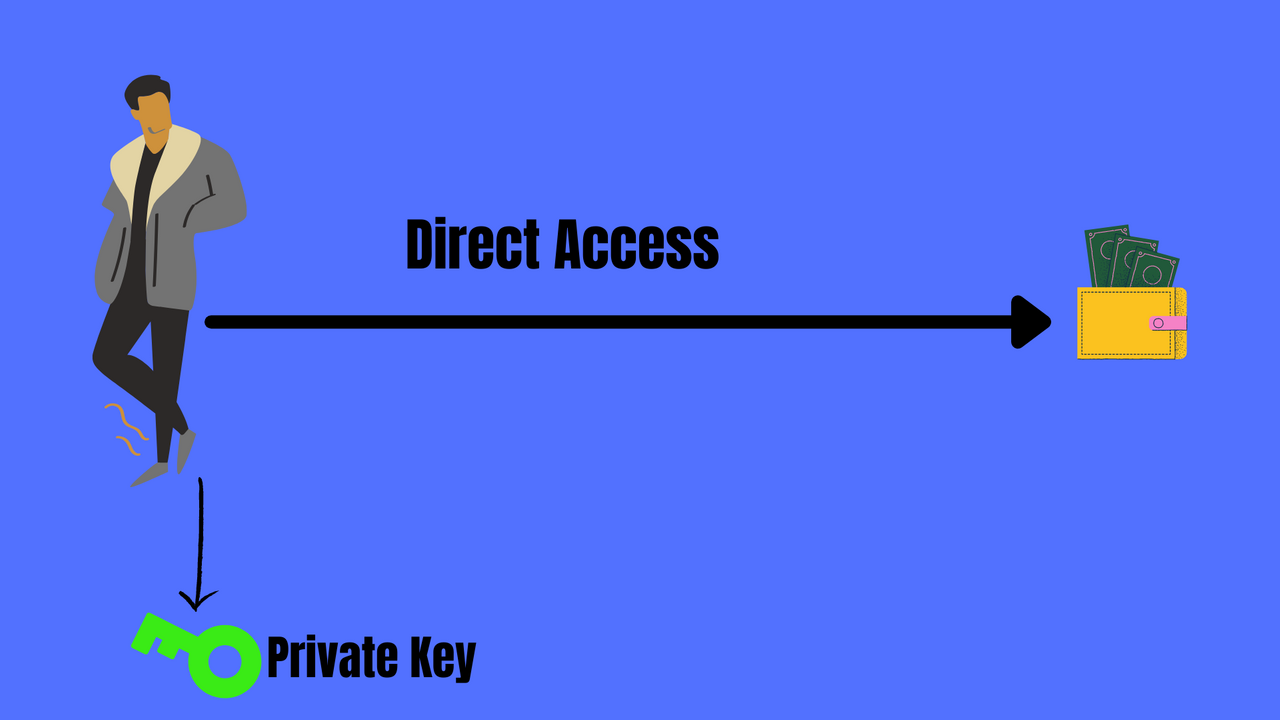
A Non-Custodial wallet is the opposite of a custodial wallet. With this type of wallet, the actual owner is in possession of the private key. There are no third parties involved and with this, the owner of the wallet solely controls the funds.
We can liken this to a regular wallet that we all keep. The cash in these wallets can be used anytime we please without the bank intermediaries. The same goes with non-custodial crypto wallets where there are no exchange intermediaries to process transactions.

A Crypto Bank Run

A bank run is a situation whereby the customers of a bank simultaneously withdraw their funds from the bank out of fear that the bank might not be functional in the long-term. The Proof of Keys is somewhat like a crypto bank run but with a purpose.
The Proof of Keys is basically a crypto holiday. It is an event that occurs on the 3rd of January with the purpose of reminding and sensitizing people on the purpose of a decentralized blockchain system. On this day, investors withdraw their crypto holdings from centralized exchanges to decentralized wallets in a bid to retake control of their funds. The event was brilliantly brought up in 2019 by Trace Mayer initially to celebrate the sovereignty that Bitcoin has brought to the world. Now the idea has evolved to include other cryptocurrencies.

Importance of Proof of Keys Day

1. Proof of Funds:
Normally a Bank run occurs when customers fear that the bank might not have as much money as they claim and might not be able to pay back in the long-run. Well, it is more like a concern or test when it comes to centralized exchanges during the Proof of Keys day.
It is possible that some exchanges might not have as much funds as they claim to have. Some of the figures they display to their customers might be false. So how can we tell if the exchanges are genuine? If we withdraw the coins to a wallet under our control. That way, exchanges that do not have as much funds would not be able to deliver to all their customers and so would be exposed sooner than later.
2. To Celebrate the Bitcoin Genesis Block:
The Proof of Keys event is celebrated on the 3rd of January which is the date that the Bitcoin Genesis block was mined. The event reminds people of the single event that properly started the crypto era. Thanks to the mining of the Bitcoin Genesis Block, you and I have been given a chance to earn a living by owning digital assets.
3. To Teach people to use private keys:
If your coins are in a centralized exchange and are not totally in your control, are they really yours? If you have a wallet but don't have the keys, is the wallet really yours? As the crypto community would say, "Not your keys, Not your coins!". It's as simple as that.
The proof of keys day is supposed to sensitize people, especially new investors, on how to handle their own coins in decentralized wallets. A Private key is the proof that you actually own a wallet and the coins in it. It is important that new investors know how to handle their private keys so they can always take full control of the coins. This is a true reminder of the sovereignty that comes with cryptocurrencies.

Practical Participation

It's not yet Proof of Keys Day but we are going to celebrate it here on the Steem Blockchain just for educational purposes. I am going to withdraw Steem and TRX from my Binance account.
Steem
I will be withdrawing Steem to my Steemit Wallet.
- To withdraw Steem from Binance, I go to my Steem wallet under Spot and Click Withdraw.
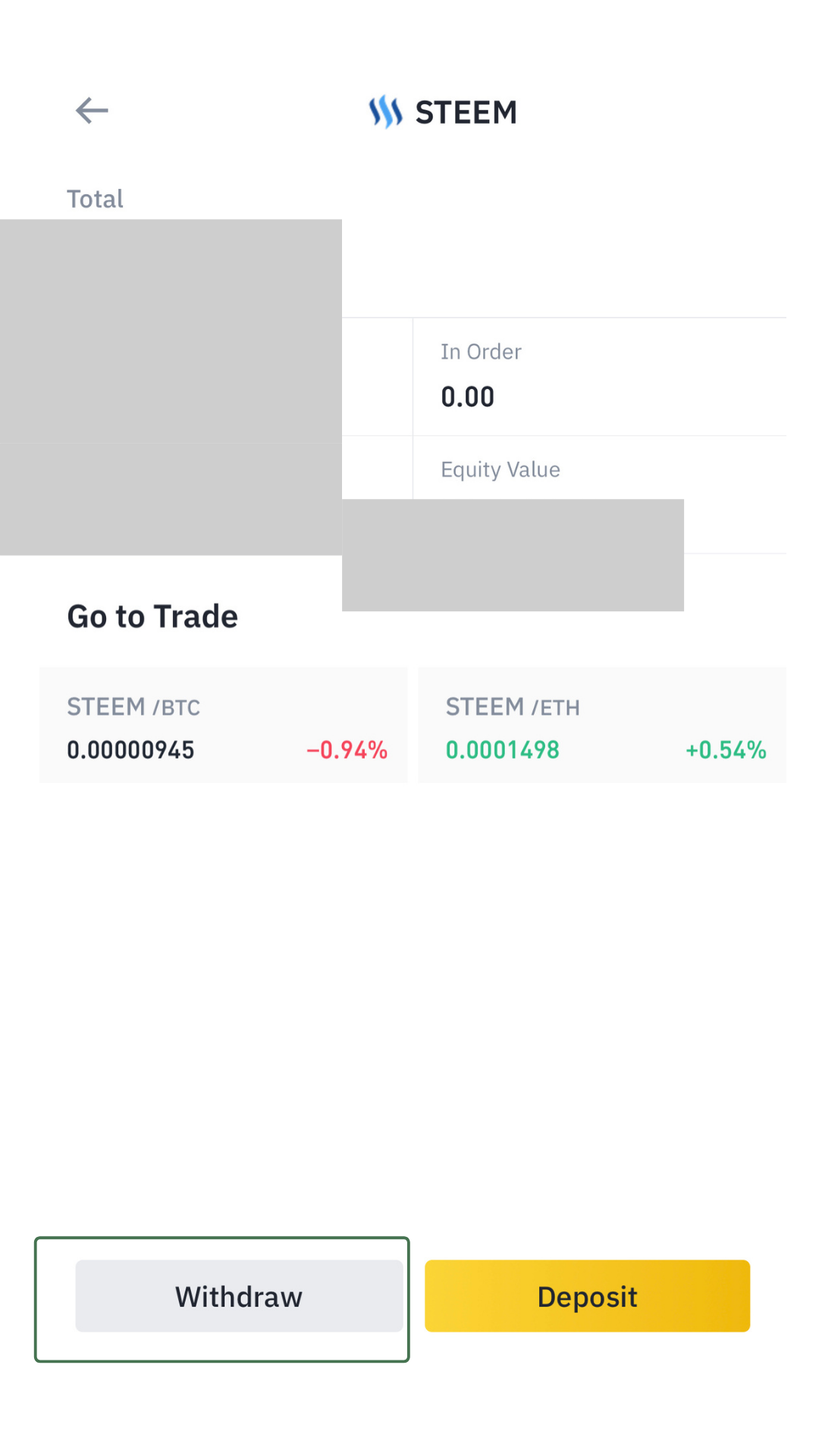
- Then I fill in the address, memo and amount and click Withdraw.
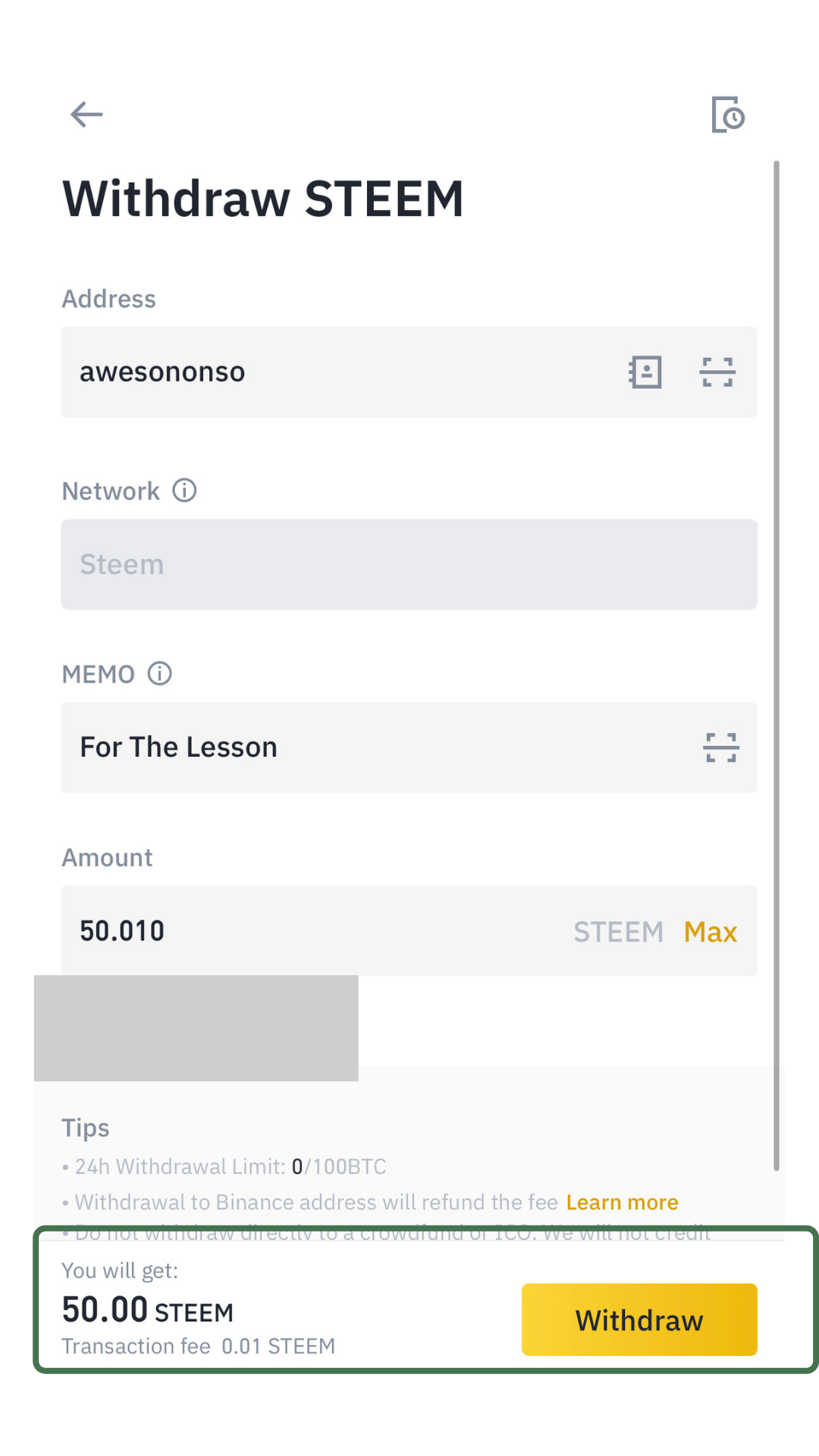
- I confirm the transaction and verify it.
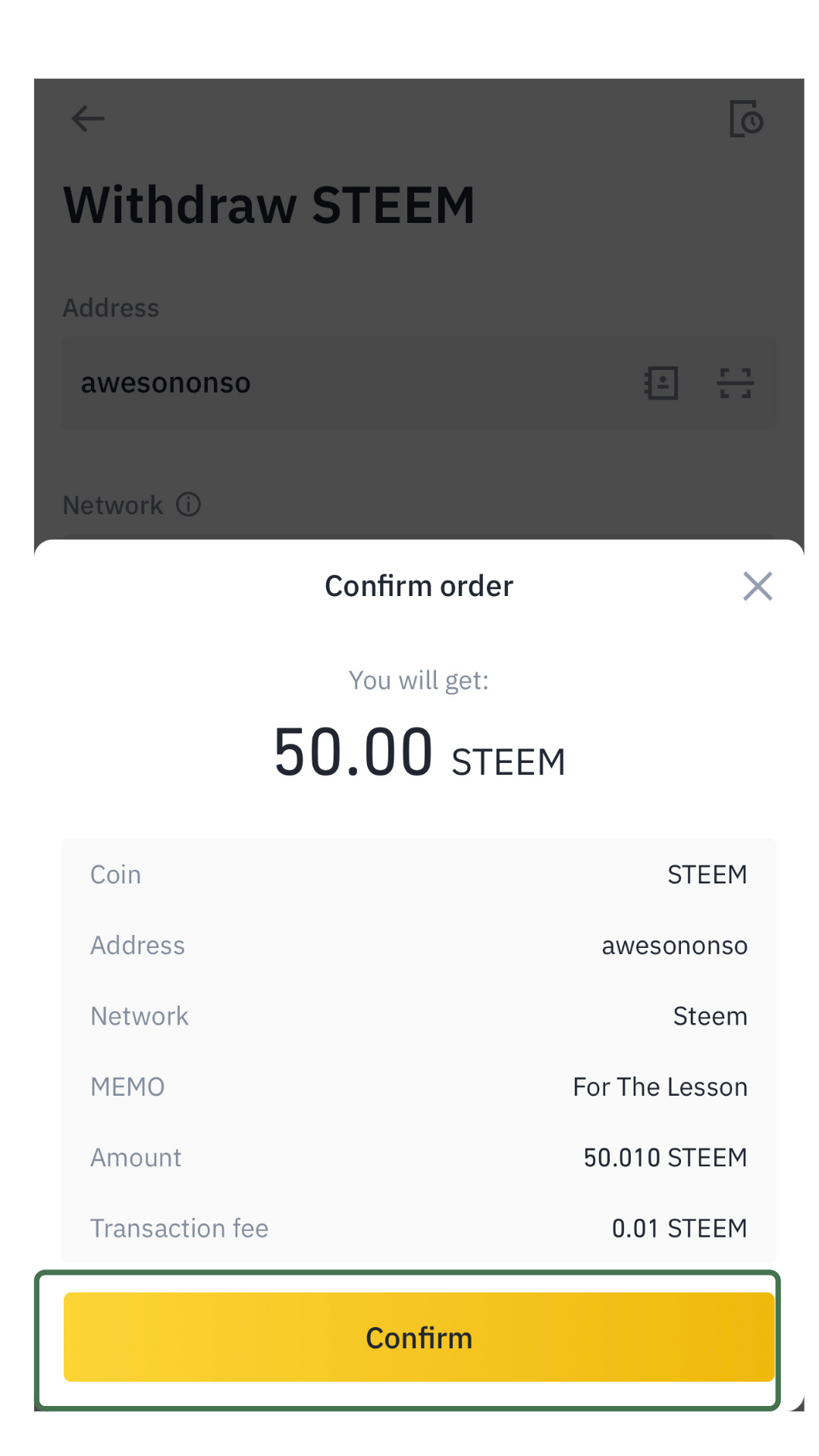
- The Steem is received in my Steemit Wallet.

Tron
Taking the same steps, I will be withdrawing TRX to TronLink.
- To withdraw TRX from Binance, I go to my TRX wallet under Spot and Click Withdraw.
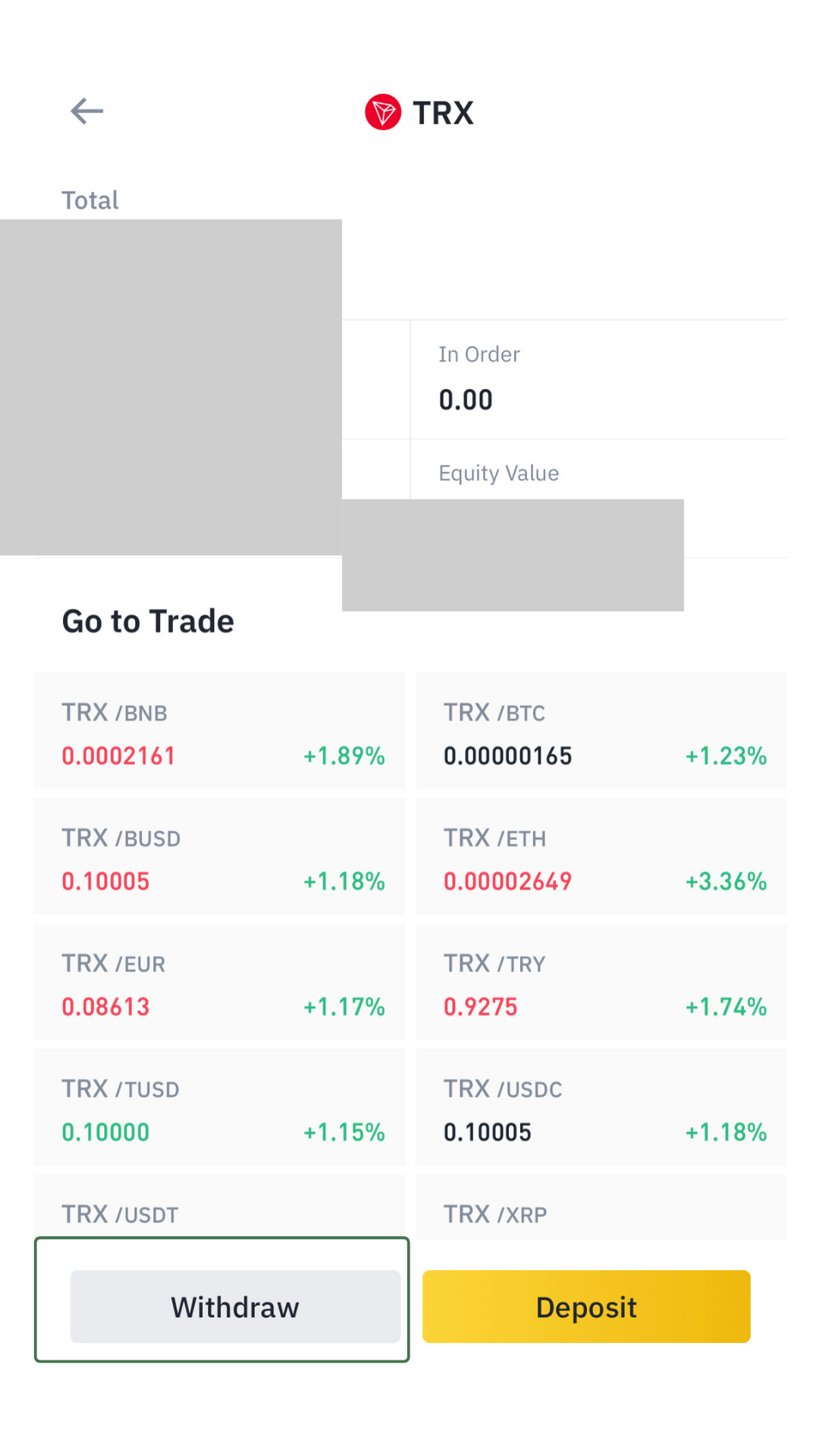
- Then I fill in the address, memo and amount and click Withdraw.
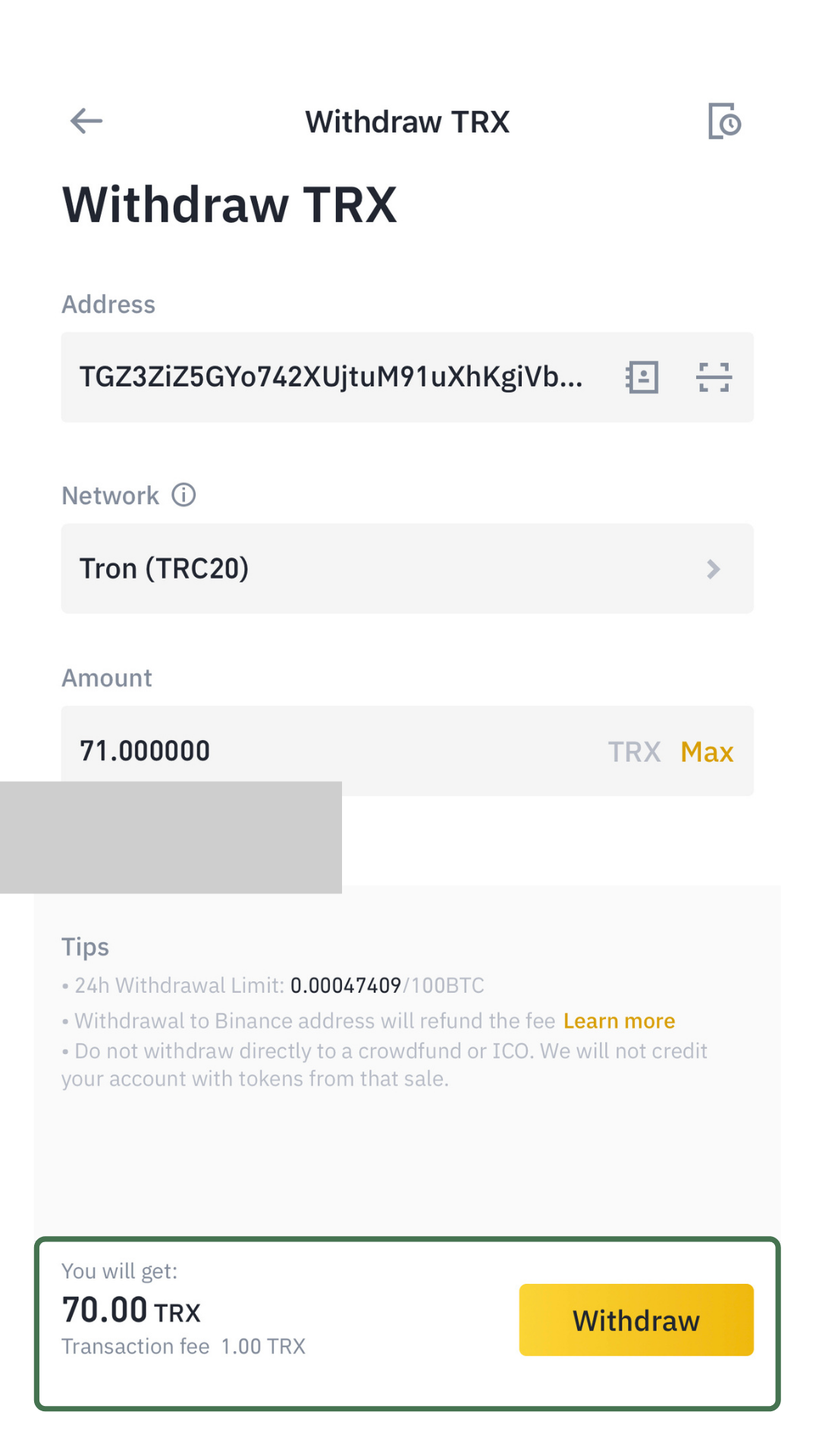
- I confirm the transaction and verify it.
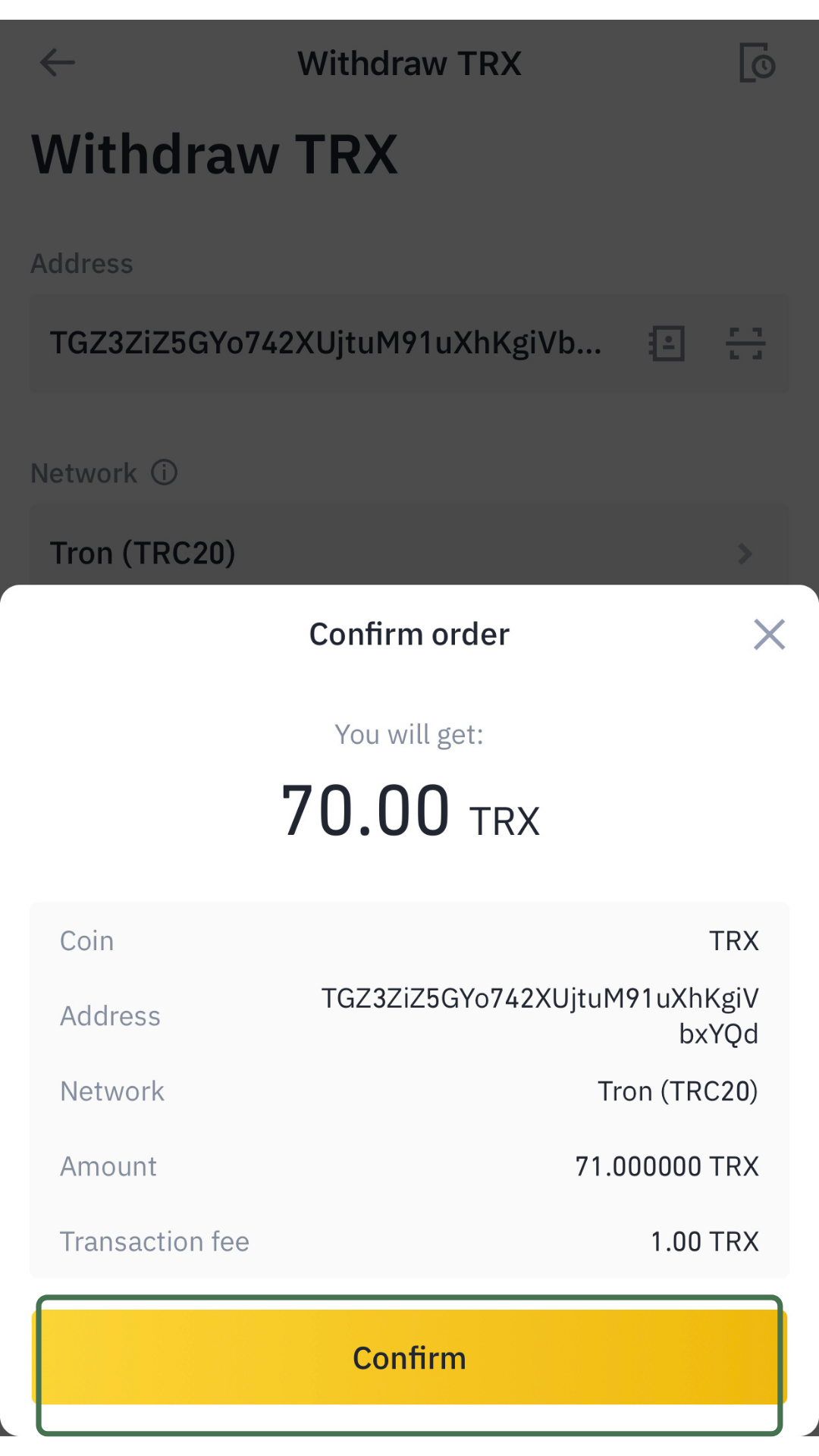
- The TRX is received in my TronLink Wallet.
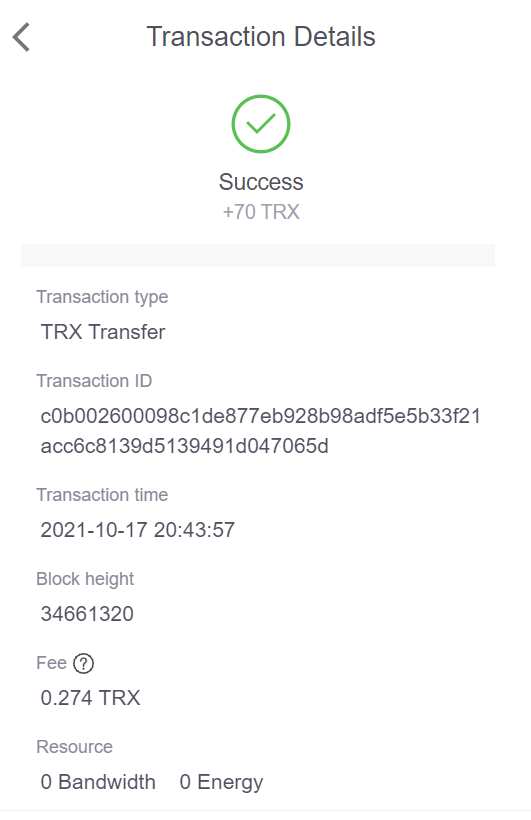

Conclusion

There are a number of crypto holiday celebrations and the Proof of Keys is one of the most important ones. Not only is it supposed to be fun, but it also provides an opportunity to learn about private keys and overcome centralization. It is important though to be cautious when joining the celebration because, as we all know, the keys of a decentralized wallet cannot be recovered when lost.

Homework

1.) Explain private and public Keys in relation to custodial and non-custodial wallets.
2.) What do you think about the Proof of Keys Day? What precautions would you take when participating?
3.) Do you prefer Centralized exchanges or Decentralized wallets for storing your cryptocurrencies? Why?
4.) Let us assume it is Proof of Keys Day:
a.)Transfer at least 20 Steem from your Binance wallet to your Steemit wallet.
b.) Transfer at least 50 TRX from your Binance wallet to your TronLink wallet.
(Provide Screenshots and make sure you have your Keys).
5.) In one statement, what is the major significance of the transfers in question 4.

Rules/Guidelines

- I expect to see some creative posts under this task.
- This Task will run until 23rd October 23:59 UTC.
- Your article should be at least 300 words long.
- Make sure your username is on the screenshots provided.
- Please try and understand the topic before performing the task.
- Make sure you post this assignment in the Steemit Crypto Academy Community.
- Use the hashtags #awesononso-s4week7 and #cryptoacademy among your first 5 hashtags and tag me @awesononso.
- Plagiarism and content spinning is not tolerated in the Academy. Repeat offenders will be blacklisted and banned from the academy.
- All outsourced images should be copyright free and properly referenced.
- Only students with a minimum of 200SP and a reputation of 55 are eligible to participate. You should also not be powering down.
- Your homework title should be Proof of Keys- Steemit Crypto Academy- S4W7- Homework Post for @awesononso
My Comment section is open for any questions or suggestions.
Thank you.

